In May 2025, a full-blown war erupted between India and Pakistan, earning the tag “First New War” on social media. For many decades, the two historically bitter rivals have been at each other’s throats, but things escalated quickly after a terror attack that left 26 people dead.
India accused its bitter rival of sponsoring this attack. Pakistan denied the allegations, but to no avail. A few weeks later, India launched an offensive full of vengeance and fury. Since then, scores have died, plus drones and missiles have been exchanged in what many regard as a replay of World War II.
Indeed, there are some fascinating similarities between the wars. Here, we will lay both events side by side to spot patterns. If our findings are accurate, then the India-Pakistan war is most likely to be resolved in the same way as World War II, known to be the deadliest war in history.
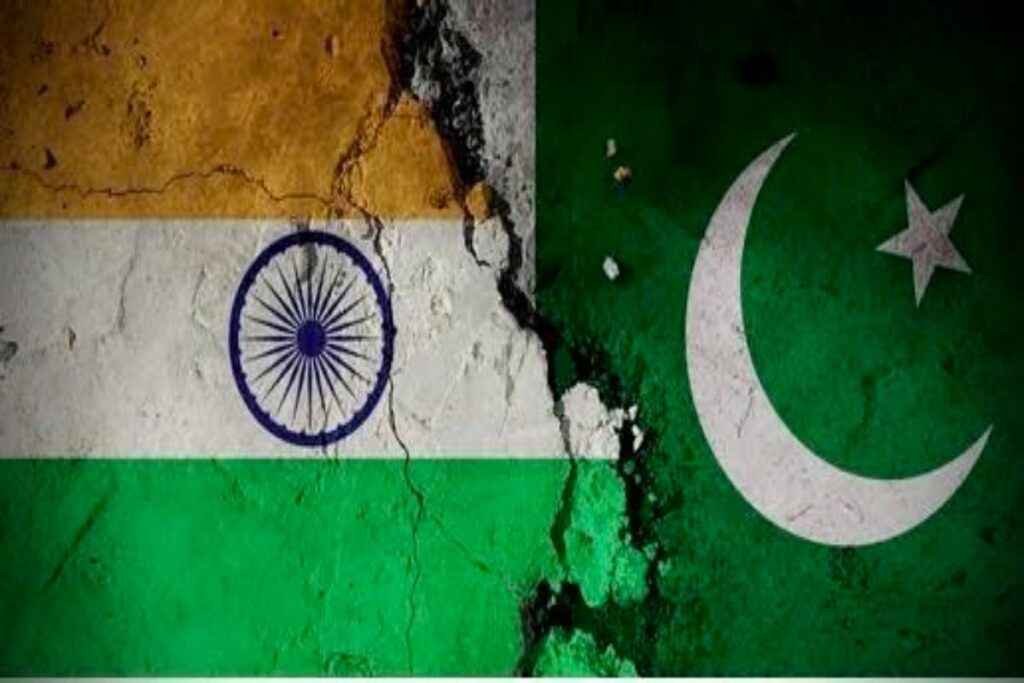
How Did the India-Pakistan War Begin?
Trouble started on April 22, 2025, when armed men attacked tourists in Pahalgam in the India-administered section of the disputed Kashmir. Among the 26 casualties of the attack was a foreign tourist. India was furious at the attack.
The Indian government once again accused the Pakistani government of aiding the terrorist group suspected of carrying out the attack. The Pakistanis denied the allegations and even accused the Indians of staging the attack so they could point fingers at Pakistan.
Outraged by this response, India vowed to fight back, and they did exactly so. Apart from both parties severing diplomatic ties to each other, they have exchanged fire across their borders since the day of the terrorist attack. India also moved to arrest hundreds of Kashmir residents and demolish the homes of suspected terrorists.
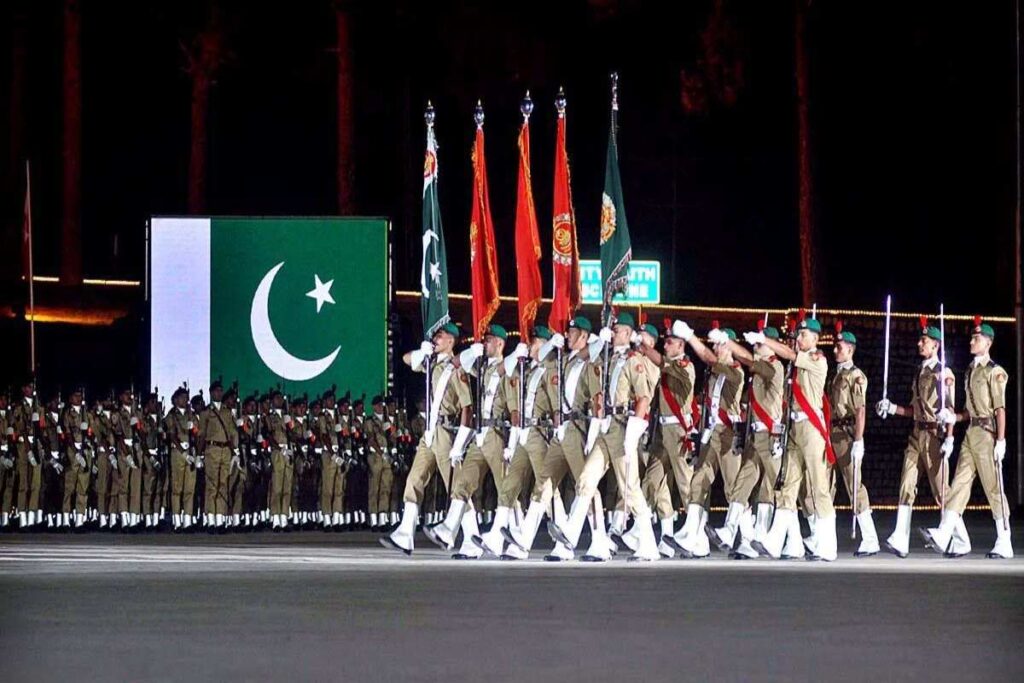
However, the most significant escalation came on May 7, 2025, when India launched Operation Sindoor. The operation greeted Pakistan with several missile strikes on its territory, including the Pakistan-controlled side of Kashmir. India said it targeted nine cities “where terrorist attacks against India have been planned.”
The Pakistan government announced that the strikes killed over 30 people in 6 different cities. Pakistan has since responded. It claimed to have brought down several Indian fighter jets. It also said it had fired missiles at Indian military locations, including in the Indian administered Kashmir.
Both sides called a truce only after the United States intervened. The U.S. Secretary of State, Marco Rubio, has met with both parties to reduce tensions and achieve a significant end to the long-running hostilities.
Similarities Between the India-Pakistan War and World War 2
For many historians, the India-Pakistan war has brought familiar flashbacks of the legendary World War II. Both incidents share some striking similarities. Here’s what both wars share in common.
Contested Territory
Just like the India-Pakistan war resulted from a fight over disputed territories, World War 2 started for the same reason. However, in the case of World War 2, the disputes were more complicated and emanated from World War 1.
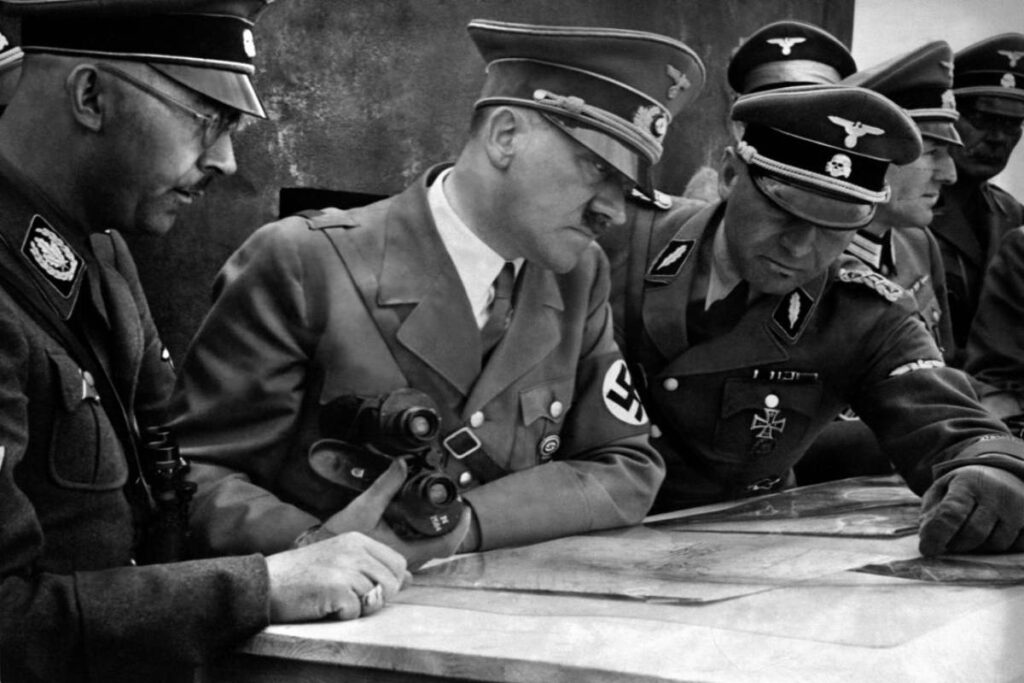
After the 1919 Treaty of Versailles, which seemed to have settled the problems of the First World War, resentment began to surface decades later. The treaty cost Germany about 13% of its previously enjoyed territory and 10% of its previously enjoyed population.
The German Nazi Party and it’s leader Adolph Hitler, took advantage of this growing dissatisfaction. He won the support of the people after vowing to reclaim these territories. One of these was the “Polish corridor” in Poland. He made good his promise a few years later.
Attack on Disputed Territory
On September 1, 1939, Germany invaded Poland, aiming to reclaim its former territory. Hitler had earlier requested that the Polish people willingly submit the land, but his request was refused. However, before the invasion, Hitler staged an attack on Germany to justify the planned invasion of Poland.
In August 1939, German soldiers disguised as Polish soldiers attacked a German radio station. This set the stage for Hitler to execute the invasion of Poland under the guise of retaliation. German forces rushed into Poland in what is known as the Blitzkrieg, or lightning speed attack.
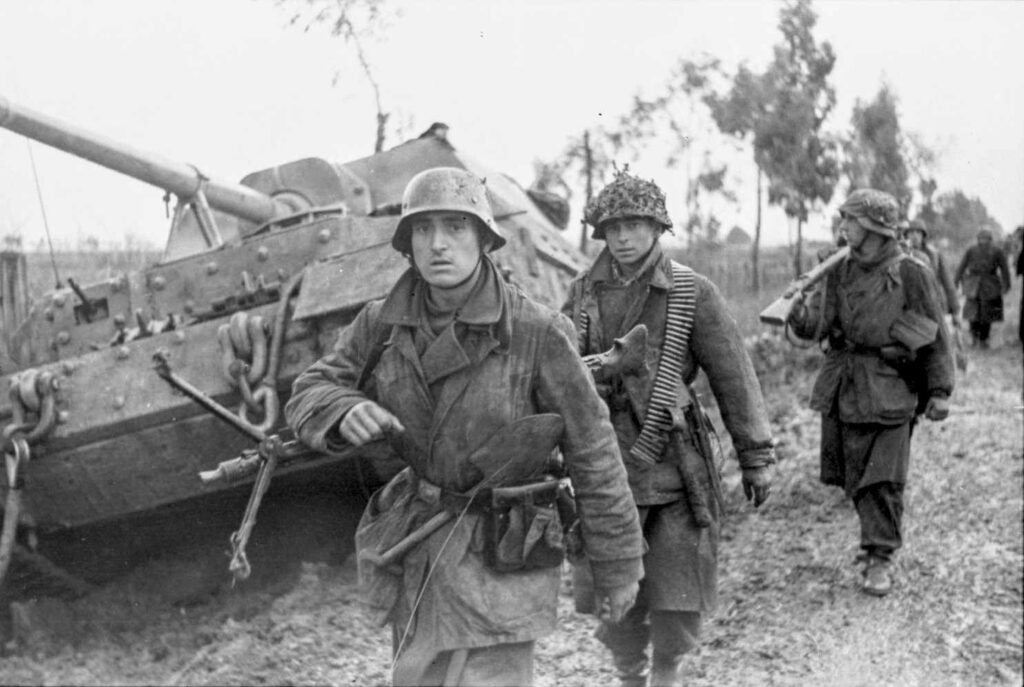
Over a million German soldiers, 2,000 war tanks, and 1,900 aircraft were mobilized on the German side. Unable to match the Germans in war equipment, the Polish engaged mostly defensive tactics that could only keep the Nazis at bay for a few weeks. By the first week of October, Poland had surrendered.
Could Both Wars End the Same Way?
Hopefully, despite the similarities with World War II, the India-Pakistan war would have a different outcome. The world would prefer not to have the same level of escalation that almost brought the world to a standstill in the mid-20th century. In the same way, many would rather have a different conclusion.
By the time World War 2 ended in 1945, over 70 million people had died. Most of these were civilians, consisting of over 6 million Poles and 6 million jews. Hitler had rounded up jews into concentration camps and killed them afterward.
Germany suffered a significant chunk of the losses. Its military deaths were estimated to be around 5 million, while civilian fatalities were around 2 million. These deaths resulted from direct combat, executions, expulsion from Europe, and bombings.
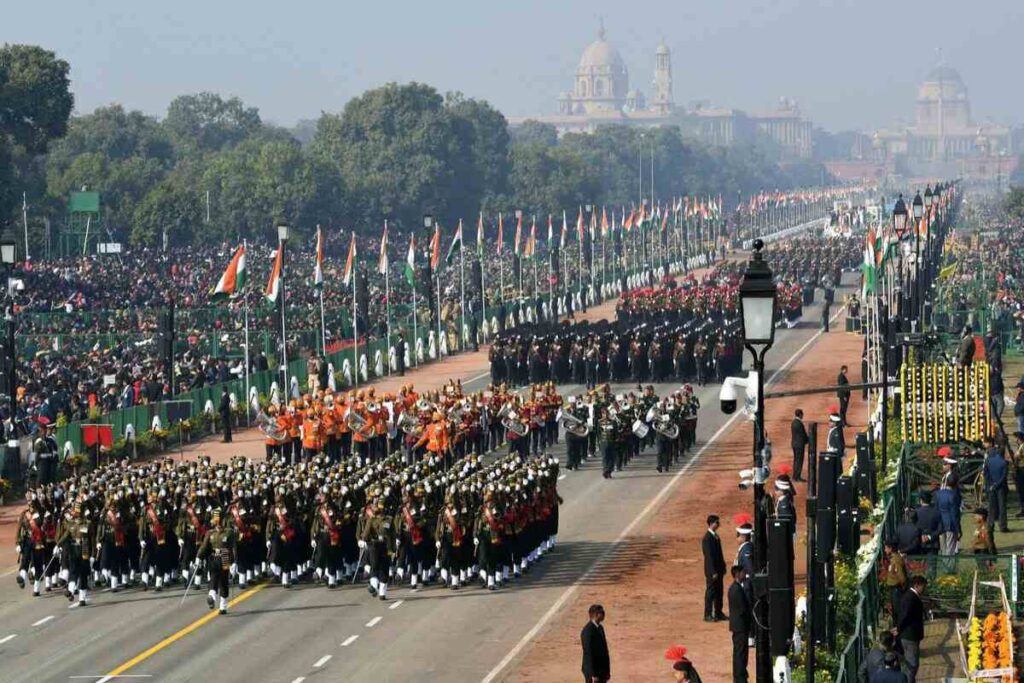
Over a million native Germans were sent packing from Eastern Europe after the war. Many died in the process. In total, close to 10 million Germans lost their lives.
The Germans finally surrendered after overwhelming losses on key battle fronts. One of the significant events surrounding their surrender was the death of Hitler in April 1945. He killed himself as Soviet troops advanced into Germany.
Following Germany’s surrender, its allies, Italy and Japan, followed suit. Japan continued to fight for months even after Germany’s surrender. It took two devastating and unprecedented atomic bombs to make the Asian giant change its mind.
Japan finally called it quits on August 15, 1945, a little over a week after the United States dropped two atomic bombs on it. About 80,000 people died after the first bomb hit Hiroshima on August 6. An additional 40,000 or so followed suit on August 9 from another bomb blast in Nagasaki.
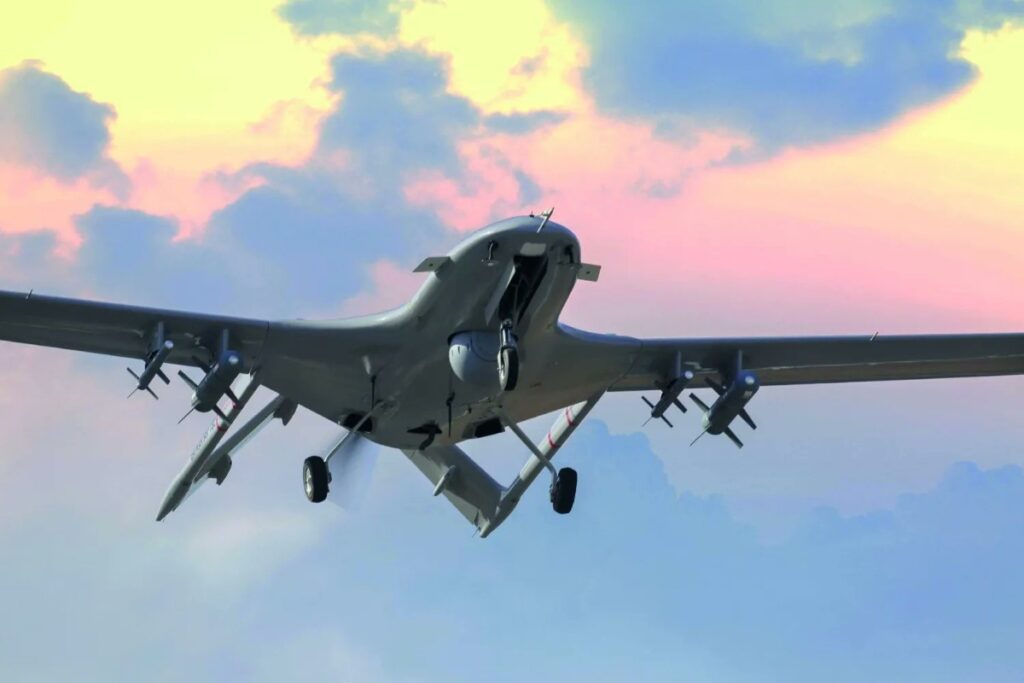
If the India-Pakistan war were to end similarly, both sides would have to receive help from other nations sympathetic to their cause. India is likely to receive the support of most of the West and find many allies in Europe. If forced to choose, America will also choose India over Pakistan.
On the other hand, Pakistan will win the sympathy of China, Russia, and North Korea. Fellow Islamic nations like Iran, Iraq, Afghanistan, Qatar, Turkey, Egypt, and Indonesia will also likely line up behind Pakistan. This would result in another world war, one which has the potential to be more devastating than the other two put together.
Thankfully, talks are going on between the two asian countries to avoid any escalation that could trigger another global war. Hopefully, these talks will yield the desired outcome and prevent the possibility of tens of millions or even billions of people losing their lives.

